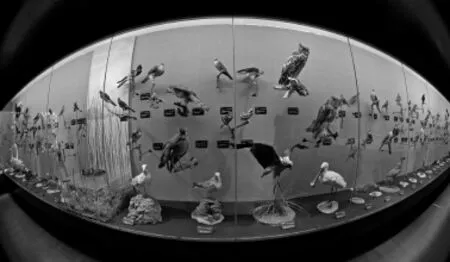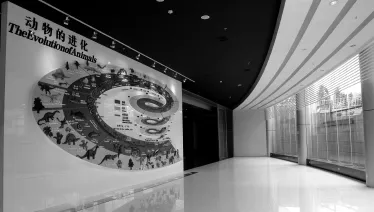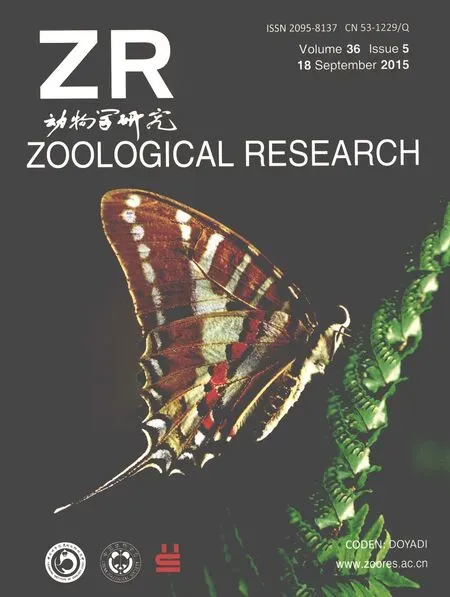How to write an appealing scientific story
How to write an appealing scientific story
One of the fundamental aspects of the scientific ideal is to disseminate important findings and communicate with peers fairly, freely and openly. After you’ve sweated for weeks, months or even years in the lab, fretted each night about experimental progress, and finally achieved amazing western blot films, brain slices and cellular images or discovered novel rat behavior, the next thing to do is to announce to the world that you’ve found SOMETHING! However, how can you ensure your voice does not drown and vanish in the current flood of global information? An effective and permanent way is to publish your article in a reputable, peer-reviewed journal. Although the procedure for preparing a scientific manuscript can be complicated, there are a few tips we would like to share with you before you start writing.
Each journal has slightly different format requirements. It is important, therefore, to read the author guidelines or a few past issues of the target journal to help with your later writing. A scientific manuscript generally follows a relatively rigid structure (usually title, abstract, introduction, materials and methods, results, discussion, conclusions, references, as well as tables and figures). This not only provides an easy-to-read structure, but also enables readers to effortlessly find the section in which they are most interested. Therefore, not only does the fulllength context need to be informative, concise, consistent and attractive, each part of the manuscript also has to make sense when it is read in isolation. Another feature of scientific publication is that for a large proportion of readers English is a second language and the field of science being discussed might be outside of their immediate discipline, so accuracy and clarity of expression are critical for comprehensibility. Therefore, use simply constructed and lightly packed sentences, while avoiding jargon or acronyms whenever possible.
A memorable and informative title is what initially grabs a reader’s attention. Therefore, try to write a title that effectively and fully conveys the major points of your research. General or vague expressions are title killers. A useful tip for increasing the visibility of your article during web searching is to use one or two keywords within the title.
Although the abstract summarizes the essential information of the article, it is usually written last. As many readers will only retrieve or scan the abstract in their initial reading, it must succinctly describe the question posed in the article, the methods used to answer this question, the results obtained and the conclusions drawn. This allows a reader to gain a quick understanding of the key points of your research, without having to read through the entire manuscript. This point deserves serious thought and consideration because a short and comprehensible abstract, which embodies the goals and findings of your study, will ensure increased readership and boosted citations.
It is reasonable that after an author has reviewed a significant amount of literature before finishing their own studies, they would like to pass on to readers all they have learned in the process. However, too much background information, instead of stimulating interest, will actually weaken the readability of an article. Readers can easily drift or become bogged down with knowledge overload, never actually discovering your novel findings from within the sea of information. Thus, throughout the manuscript, especially the introduction and discussion, do not hesitate to cut unnecessary or redundant information.
The methods and results sections are descriptive and are commonly accompanied with tables and figures. In these sections, enough detail must be provided to verify the findings and to enable replication by other researchers. Results must be presented clearly and logically, without the addition of selfcomment or self-evaluation, and include findings relevant to the questions raised in the introduction, even if they do not support your hypothesis. In addition, effective use and careful planning of pertinent tables and figures will add clarity to the text.
Cited references are most likely found in the introduction and discussion, though can also be used in the methods. Common resources include articles in peer-reviewed journals, books, Master’s and PhD theses or dissertations and conference proceedings. The criteria in choosing a reference is both its validity and availability. When using references in the text, be succinct, extract the core material only, and rephrase it in your own words. Importantly, always cite the source when the idea is not your own, but do not cite unpublished ideas.
Last but not least, be confident and open-minded. When you have finished, proofread your article several times and ask for feedback from your colleagues on its scientificity, objectivity, accuracy and consistency. Writing a scientific paper is like writing a story – it is an art, but it certainly improves with practice.
We hope the above content is useful to you. Some authors have been submitting to Zoological Research for many years, and we are very glad to witness the evolution of both their writing skills and the depth of their research. We look forward to seeing your best work in the near future.
Sincerely yours,

Editorial Director Kunming Institute of Zoology, Chinese Academy of Sciences, Kunming 650223, Chinaa
Kunming Natural History Museum of Zoology
The Kunming Natural History Museum of Zoology is located in the campus of Kunming Institute of Zoology (KIZ), the Chinese Academy of Sciences (CAS). The museum occupies 7 350 square meters, including a research specimen library, a science awareness hall and a multi-functional reference room. The museum is currently housing the most substantial collections of zoological specimens in southwest China.
So far, the Museum have 700 000+ individual specimens in storage, including 200 000+ fish specimens, 40 000+ amphibian and reptile specimens, 24 000+ bird specimens, 19 000+ mammal specimens and 400 000+ insect specimens, and among them, 6 000+ specimens are on display. The collections focus on the southern fauna in China, encompassing the diverse and unique animal resources of the “animal kingdom“-Yunnan province.
The science awareness hall of the museum is open to the public since November 2006. The specimens on display are arranged vividly with the background of environmental dioramas, reflecting the features, identifications and distributions of the species, as well as the biodiversities of ecosystems. Moreover, three interactive systems intended for public outreach are available.
Each year, the Museum hosts two rotating themed-public exhibitions aim at educating the public on conservation, biodiversity, poaching, scientific research and education, as well as public science days and tours for primary and second school children.
For more information, please visit the museum homepage: www.dwbwg.org.




- Zoological Research的其它文章
- Catalog of insect type specimens preserved at the Kunming Institute of Zoology, Chinese Academy of Science with corrections of some specimens
- Kunming Institute of Zoology, Chinese Academy of Sciences, acquires GLP certification from the CFDA
- Establishment and characterization of an astroglial cell line derived from the brain of half-smooth tongue sole (Cynoglossus semilaevis)
- A new species of Triplophysa Rendahl (Cypriniformes, Nemacheilidae) from Sichuan Province, China
- Longitudinal analysis reveals characteristically high proportions of bacterial vaginosis-associated bacteria and temporal variability of vaginal microbiota in northern pig-tailed macaques (Macaca leonina)
- Cannot see you but can hear you: vocal identity recognition in microbats

